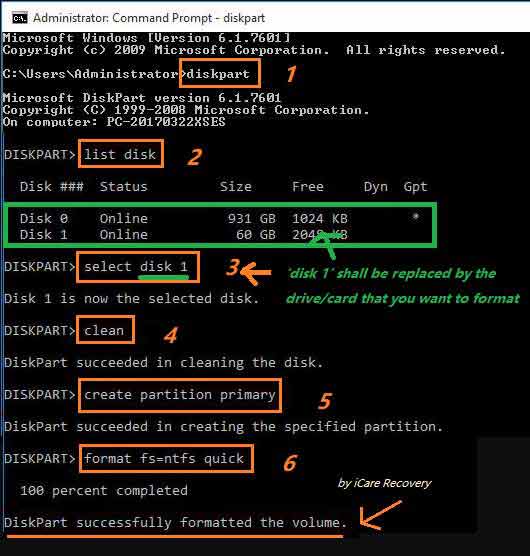

The final refinement of the 5 1/4 inch disk, called high-density, pushed this all the way to a whopping 1.2MB.

A later innovation called double-density allowed both sides of the disk to be formatted, which helped to bump up the total to 360K. These first DOS disks could be formatted to hold 160K of data on one side of the disk. You could bend them, though they probably would not work afterwards. The original IBM PC used 5 1/4 inch floppy disks that were really floppy. For DOS disks, that is FAT-12.ĭisks come in various sizes and densities. Part of this formatting process is installing a file system. An unformatted disk cannot be used until it has been formatted. Formatįormatting a disk prepares it to receive data. For a complete look at these commands, you should look them up in the DOS Help System. Please note that in this discussion we will not cover every possible use of these commands, or every possible switch or argument pertaining to them. The starting point has to be the commands that are probably used the most in DOS, to prepare a disk and copy files. That's it.We will now begin looking at some of the commands you need to master to be proficient at DOS. Once the directory for your Win98 CD comes up on the screen, type Setup, and Windows will start the installation process.

At the C: prompt, type D: and hit Enter/Return to change to the CD-ROM drive (if you have more than one hard drive or CD-ROM drive in your system, the drive where your Windows 98 CD is located may be the E: or F: drive - you'll have to experiment). Remove the floppy disk and reboot the computer to the C: prompt (by putting "/s" at the end of the format command, you've made the hard drive bootable).Īt this point, simply insert the Windows 98 SE disk into the CD-ROM drive. This will format the drive (erase it completely). When the computer boots to the A: prompt, type "Format c: /s" (without the quotation marks). Choose the option to boot the computer with CD-ROM support. To format your drive, you will need your Windows 98 boot disk and boot the computer up with this disk inserted in the floppy drive. If you make a copy of your personal files, you can copy them back on to the computer's hard drive after you reinstall the operating system. If you don't back up your personal files before you reformat, you'll lose them as a result of the format process. This is why you need to back up your important data first before formatting.


 0 kommentar(er)
0 kommentar(er)
